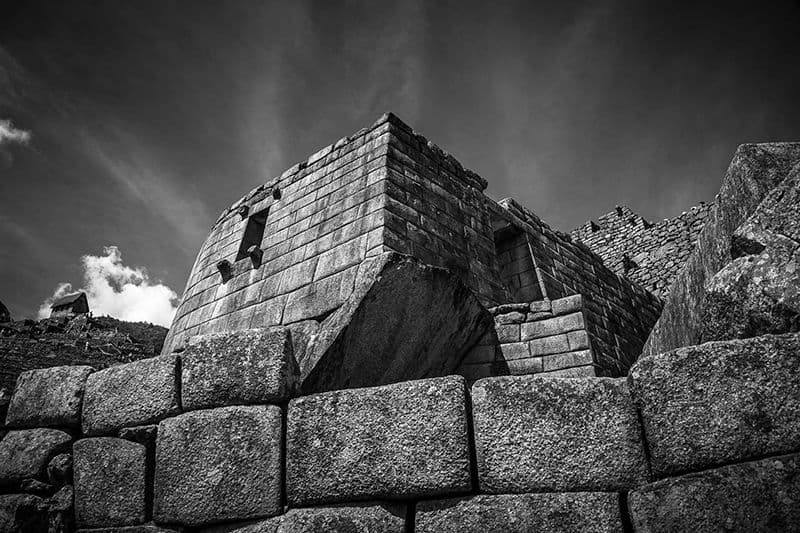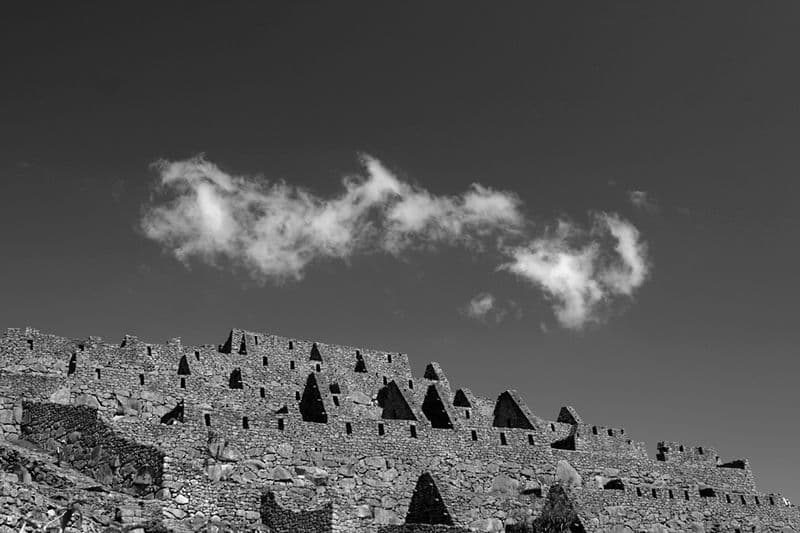Machu Picchu and its Origin
Machu Picchu, the fabled city built by the Incas, has a great halo of mystery and legend that surrounds it, and one of the great unknowns that one has until today is to know its origin and why it was built .
The origin of Machu Picchu is still unclear since the Incas did not have a writing system where they could record the events that happened, Incan traditions and stories were transmitted orally, and after the arrival of the Spanish conquerors, many of these traditions were lost over time. The investigations carried out to date do not yet reveal with certainty the reason for its construction, nevertheless, the historians and archaeologists joining the tradition and the studies made in the Inca city have formulated some theories that explain the origin of Machu Picchu.
- Machu Picchu, the royal hacienda and great mausoleum of the Inca Pachacuteq
- Machu Picchu conceived as administrative, military and religious center
- Machu Picchu built before Pachacuteq
Machu Picchu, the royal hacienda and great mausoleum of the Inca Pachacuteq
Pachacuteq was the greatest ruler that had the Inca Empire, under his reign was forged the Tawantinsuyo, whose limit extended from the present Ecuador to the north of Argentina and center of Chile. Pachacuteq made a great transformation, making the small kingdom of Cuzco had a great expansion, and not only territorial but also cultural, economic and religious.
The Inca sovereigns had special properties which they called royal haciendas , these estates implied lands and servants belonging to the “panaca” of the Inca, the royal hacienda was destined to be the resting place of the Inca after his death and the servants had the mission to care for and preserve the mummy of the sovereign, performing an eternal worship.
And it is that the greatest emperor of the greatest empire that has existed in America could not have any mausoleum; many of the investigations indicate that Machu Picchu was a great mausoleum and was sent to build by the Inca Pachacuteq. The chronicles of the time indicate that there was a main crypt destined for the mummy of Pachacuteq, and it is possible that it may have been located in the so-called Royal Tomb under the Temple of the Sun in Machu Picchu.

Machu Picchu conceived as administrative, military and religious center
Federico Kauffmann, one of the main Peruvian researchers of the subject, maintains that Machu Picchu was created as an administrative, military and religious center. Machu Picchu has a very unique location, located at the natural border of the Andes and Amazon jungle, this strategic location makes it possible to assume that Machu Picchu was built with an administrative and military purpose, from this location it was possible to control the exchange of own products of the Andean region with the ones of the forest, in addition, it was a suitable place to be able to exert control of the tribes and towns of the Antisuyo (his or region that corresponded to the jungle zone)

Machu Picchu also has a special location, being part of a sacred mountains circuit that begins with the Apu Salkantay and ends with the mountain Huayna Picchu. The Incas venerated with great devotion to the mountains and to great earth that denominated “Pachamama”; within the city of Machu Picchu, there are also many places and structures dedicated to worship. From all this, it can be inferred that Machu Picchu also had an important religious role.
Machu Picchu built before Pachacuteq
Some historians, sheltered by oral traditions and legends that have reached our days, maintain that Machu Picchu was not sent to build by Pachacuteq, but by his father, the Inca Wiracocha. This would have erected Machu Picchu as a place of rest and also of worship to the sun god and the moon. The constructions that are in Machu Picchu besides its distribution and location suggest that it could be a place of recreation.
Certain traditions tell us that the Inca Wiracocha was forced to retreat and flee before the invasion of the Chankas, seeking refuge in his palace. Faced with this cowardice the youngest son of Wiracocha; Kusi Yupanqui (Pachacuteq), decides to face the Chankas, achieving a legendary victory, Kusi Yupanqui decides to offer the spoils of war to his father, this despises the gift and it tells to Kusi Yupanqui that it should give it him to his older brother Urko, who is his successor. Kusi Yupanqui, humiliated, returns to Cusco where he takes power acclaimed by the population, and where he begins to rebuild the city.

Shortly afterward, Kusi Yupanqui orders to assassinate his older brother, aware of the cruel murder of its son Urko, Wiracocha decides to take refuge in his palace. The Royal Council decides to do a trick to bring Wiracocha to his son Kusi Yupanqui. Wiracocha falls into deceit and visits his son in the rebuilt Cusco, is astounded by his magnificent renovation, and names his son as Pachacuteq (Transformer of the world), Kusi Yupanqui accepts the compliment, but strips his father of his crown, and proclaims himself as a new Inca. Dethroned his father is exiled and ordered to live his last years in his palace, place that would be the very Machu Picchu. After the death of Wiracocha, Pachacuteq orders to leave the city, being thus in the forgetfulness until its discovery in 1911.
There are many other theories about the origin of Machu Picchu, some with historical and scientific support, and others some incredible that support extraterrestrial origins of the Inca city. Be that as it may, the sacred city of the Incas contains great mysteries, among them its origin and that they hope to be unveiled.
Feel the magic of Machu Picchu and observe the grandeur of the Inca empire, a work like few in the world. Book your Ticket Machu Picchu with the best price, quickness, and guarantee.


